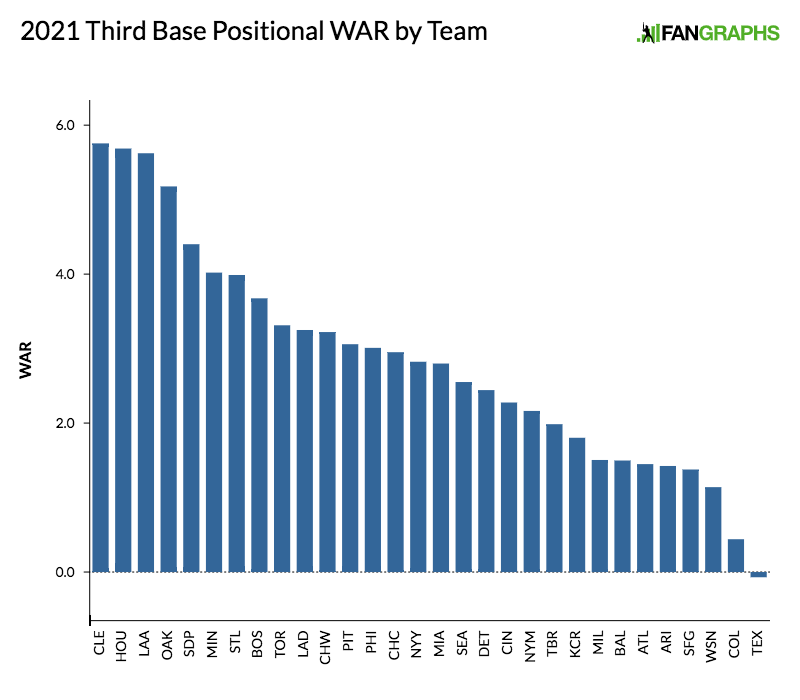Earlier today, Meg Rowley introduced this year’s positional power rankings. As a quick refresher, all 30 teams are ranked based on the projected WAR from our Depth Charts. Our staff then endeavors to provide you with some illuminating commentary to put those rankings in context. We begin this year’s series with first base.

In last year’s positional rankings, Jay Jaffe wrote that first base just “ain’t what it used to be.” The diminished status of what was once one of baseball’s premier positions went unchanged in 2020. Even worse, one of the few young players near the top of those rankings, Pete Alonso, took a step back. First base has almost become baseball’s oldies station, chock-full of memories of the early hits of Albert Pujols or Joey Votto or Miguel Cabrera, but never airing their newest singles.
So what’s caused the collapse in the Q Score of the game’s first basemen? Offense is still sexy, but the truth of the matter is that home runs are cheap and plentiful. In baseball’s last full season, 135 players qualified for a batting title, and only five of them failed to finish with double-digits home runs. In 2009, there were 31 such players. There were 27 single-digit sluggers in 1999; in 1989, before the early-90s offensive explosion, there were 47. There aren’t just more home runs in baseball, they’re spread more widely among its players. Teams finding more guys who could play shortstop and hit home runs didn’t magically result in the game’s first basemen also thumping more round-trippers.
What’s more, it sometimes seems like there aren’t any actual first base prospects anymore, just prospects at other positions that teams eventually settle for playing first. The Jays haven’t totally given up on Vladimir Guerrero Jr. at the hot corner, and one of the few genuine phenom first basemen to come up in recent years, Cody Bellinger, has turned out to be a dynamite center fielder instead. The Tigers have made no secret of the fact that they would prefer that last year’s number one overall pick, Spencer Torkelson, play at third, a position he didn’t even play in college. It makes one wonder whether Jim Thome and Pujols, both third basemen in the minors, would have been moved to first so quickly if they had been born later.
It’s hard to pinpoint the exact moment that baseball fell out of love with the position, but I’d highlight November 28, 2016 as a key date in the story. That was when reports came out that the Milwaukee Brewers weren’t going to tender Chris Carter, the National League’s home run leader, a contract for the 2017 season. And no one seemed especially shocked! The AL’s home run leader, Mark Trumbo, was also a free agent that offseason and neither he nor Carter attracted significant interest in free agency. Trumbo eventually settled for going back to the Orioles in late January; Carter signed a one-year deal with the Yankees and was done as a major leaguer by midseason.
Will first basemen ever return to prominence? Not everything is cyclical after all, and I think you’d need a change in how the numbers work in baseball to make first basemen desirable again. Perhaps a deadened ball will hurt the less-impressive power hitters at some point, resulting in first basemen reemerging as the game’s princes of power. Or maybe ball or rule changes will result in more balls in play for first basemen to field, giving a top player at the position the potential to post truly significant value on defense. But for 2021 at least, look for more of the same, with lots of familiar names and only a few players who excel enough at every aspect of the game, like Freddie Freeman, to stand shoulder-to-shoulder with baseball’s elites. Read the rest of this entry »





 Jay Jaffe
Jay Jaffe